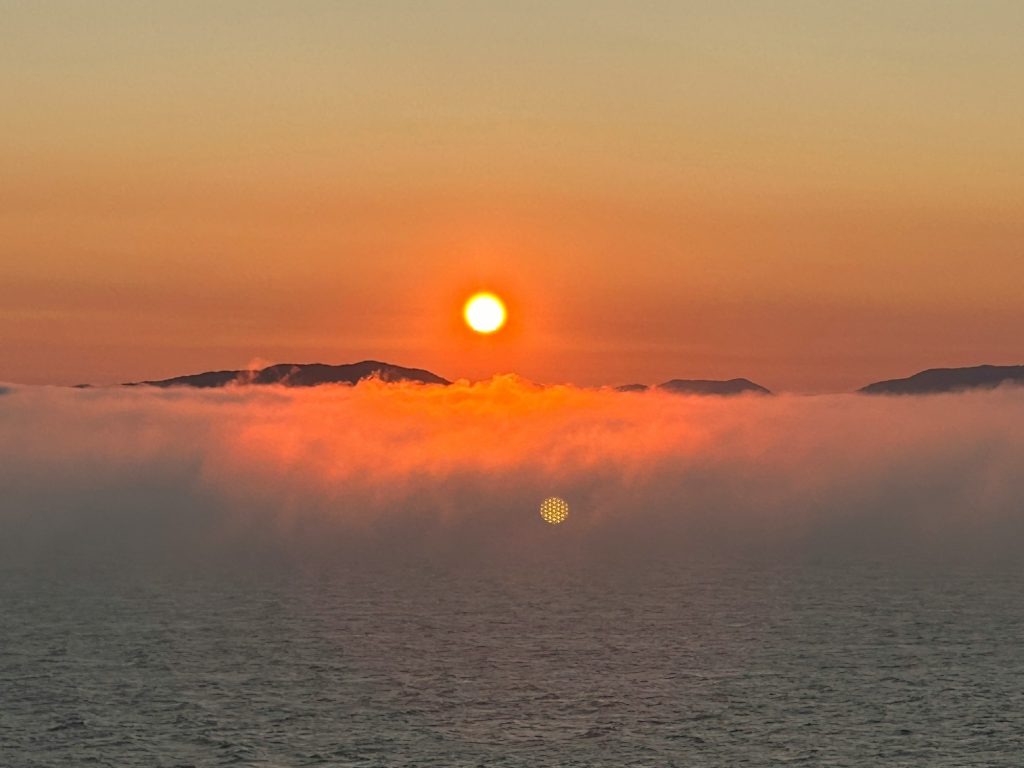In a devastating event that has shaken the community of Ketchikan, Alaska, a landslide occurred on Sunday, resulting in at least one fatality and multiple injuries. The landslide, which took place around 4 p.m., originated from a steep slope above the Third Avenue Bypass, cascading down and impacting homes in the area. Emergency responders have described the scene as chaotic, with heavy rainfall leading up to the disaster likely contributing to the slope’s failure.
Local officials reported that the landslide blocked roads and caused significant damage to several houses, forcing some residents to evacuate their homes amid fears of additional landslides. As emergency crews worked tirelessly to clear the debris and assess damage, they also prepared for the potential of further landslides, given the unstable conditions created by the heavy rains.
The tragic event has left the community mourning, with one individual confirmed dead and three others injured. Authorities have not released detailed information regarding the victims, but the loss has reverberated throughout the town, known for its tight-knit community and stunning natural surroundings.
Despite the catastrophic impact of the landslide, officials have stated that cruise operations in Ketchikan, a popular tourist destination, will continue as scheduled. This announcement aims to reassure travelers and the local economy, which significantly relies on tourism throughout the year.
The local government is coordinating with emergency services to provide support and resources for those affected by the landslide. Community leaders have expressed their condolences to the families impacted by this tragedy and are urging residents to remain vigilant as the region faces ongoing weather challenges.
As investigations continue to determine the precise cause of the landslide, geologists and researchers are analyzing the area. They emphasize the importance of understanding the geological conditions in Ketchikan, particularly following periods of heavy rainfall that can destabilize slopes and trigger such disasters.
This incident serves as a stark reminder of the power of nature and the critical need for communities in vulnerable areas to prepare for such emergencies. The residents of Ketchikan are now faced with the challenge of recovery, rebuilding, and coming together as a community to support one another in the aftermath of this tragedy.
As Ketchikan begins to heal, the focus will also shift to implementing better safety measures and improving infrastructure to prevent similar occurrences in the future. The community’s resilience will be put to the test as they navigate the recovery process and work towards restoring normalcy.

